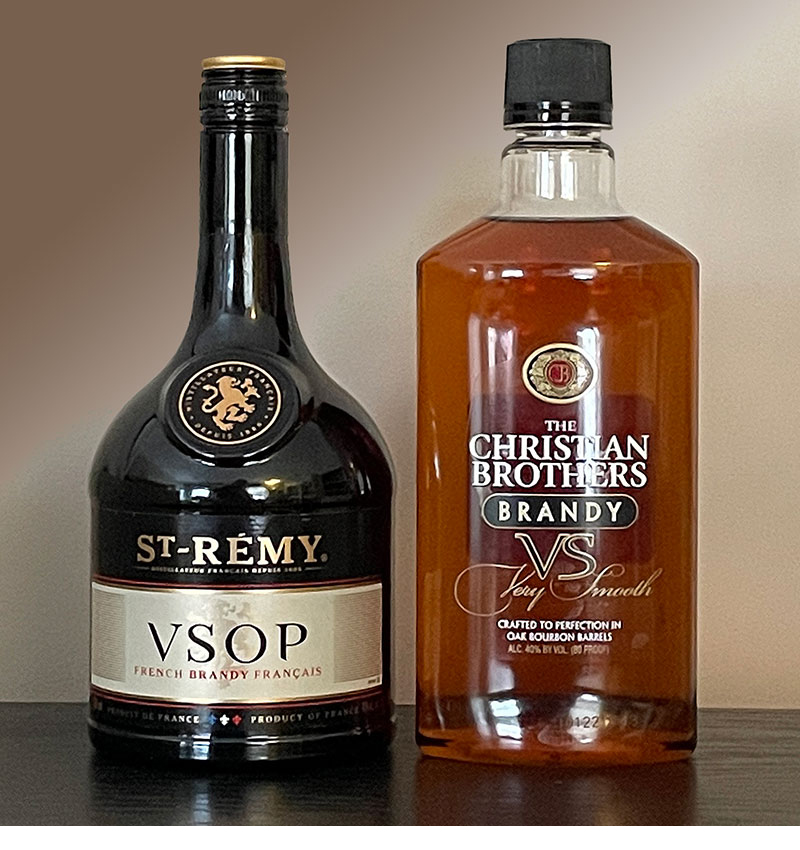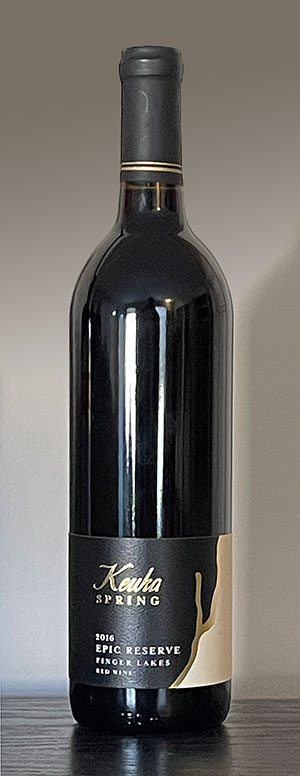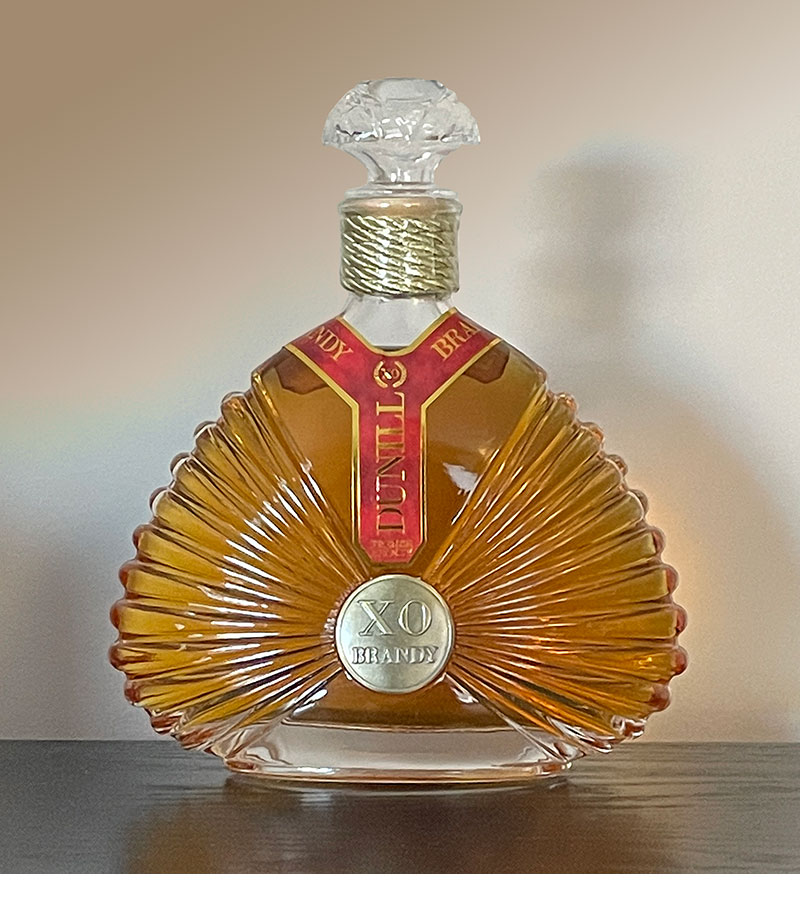If you want a good cheap brandy, For best results, blend your own.
Obviously, I enjoy wine, but I’m a fan of liquor too, especially brandy. Brandy is distilled from wine and aged in wood to give it its characteristic flavor and color. The word brandy comes from the Dutch brandewijin, meaning “burned (distilled) wine.” It is usually made from grape wine, but can be distilled from other fruit wines, most often apple, in which case it is called apple brandy or applejack generically and Calvados in France. Cognac is brandy that specifically comes from the town of Cognac and the delimited surrounding areas in western France. So, all cognacs are brandy, but not all brandies are cognac. For more detail on cognac, click here.
My favorite brandy of all time is Kelt Tour du Monde. Just a few years ago, it was selling for $40 a bottle; now it’s $60. Brands like Martell, Hennessy, Courvoisier, and Hardy have suffered similar inflation. Capitalism at its finest. Regardless, all of them are too expensive for me to drink on a regular basis. For that, I turn to bottles under $20. American producers include Paul Masson, Christian Brothers, Korbel, and E&J Gallo. And there are readily-available European offerings such as St. Remy from France, Hartley from Italy, Pedro Domecq from Mexico, and Veterano from Spain. Continue reading “A Good Cheap Brandy”


 Long before California became America’s leading winemaking state, plenty of wine was being made in New York. The Hugeunots, a French Protestant sect of the 16th and 17th centuries, planted grapevines there in the 1600s. The first commercial plantings of native American grape varieties began in 1862. Shortly thereafter, the area established a reputation for making sweet sparkling wines, and by the end of the 19th century plantings had increased to around 25,000 acres.
Long before California became America’s leading winemaking state, plenty of wine was being made in New York. The Hugeunots, a French Protestant sect of the 16th and 17th centuries, planted grapevines there in the 1600s. The first commercial plantings of native American grape varieties began in 1862. Shortly thereafter, the area established a reputation for making sweet sparkling wines, and by the end of the 19th century plantings had increased to around 25,000 acres.
 The Sta. Rita Hills
The Sta. Rita Hills